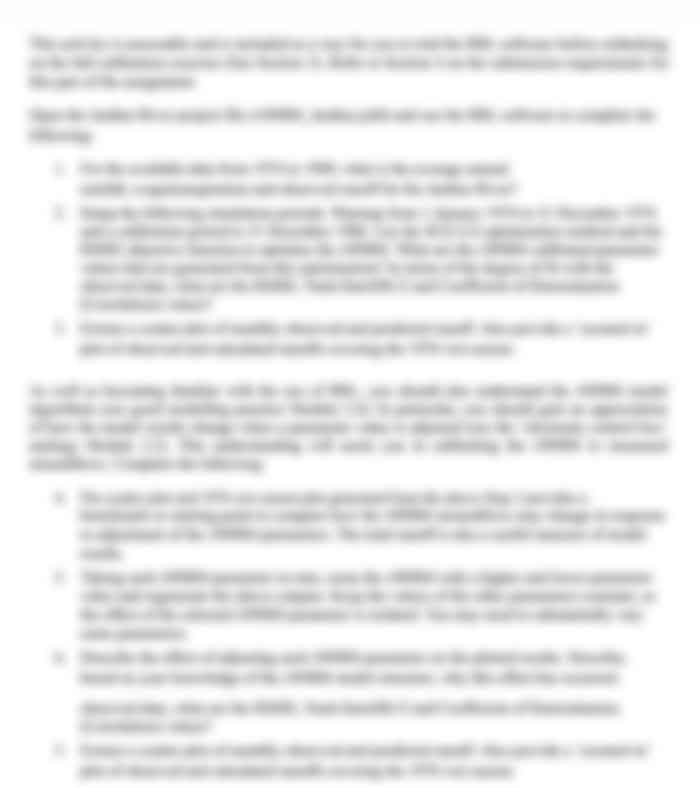Social Psychology, Motivation, and Emotion Assessment
- Country :
Canada
Part A: Reflections on Milgrams Study of Obedience (9marks total)
Introduction
Milgrams famous studiesthere were actually several versionsof obedience were documented in a film. The film is rather grainy, and in black and white; however, it is well worth watching and/or reading the transcript. It shows exactly what procedure Milgram used, and demonstrates very graphically the struggle that participants underwent during the study. You may find watching the video and/or reading the transcript an uncomfortable experience, as the participants continue in the study while they believe they are giving electric shocks to another participant. You may feel that Milgram violated a number of ethical principles in his research; certainly, ethical standards for research have evolved and increased since Milgram.
Option A (Requires online access)
WatchObediencewith Stanley Milgram, produced by Alexander Street (1962).
Note
You will need to use your TRU Library login to view this resource.
After you have watched the film, answer the following questions. Use the original numbering for each question.
- What aspects of the experimenter (e.g., his appearance, demeanour, words, etc.) in the film made it more likely for the teachers to keep shocking the learner?
- Some of the teachers carried on shocking the learner until the maximum shock value had been reached. What do you think was going in their minds at the time?
- How did the teachers in the film indicate their resistance to continuing shocking the learner, apart from refusing to go on? Give specific examples.
- Milgram reported that around 65% of the teachers reached the maximum shock value. If the study were replicated today, explain why the same result might be found and also why the same result might not be found.
- Give a couple of examples of times when you have gone along or obeyed someone when you didnt want to, and explain what aspects of the situation influenced your obedience.
Option B (Does not require online access)
Read the transcript ofObediencewith Stanley Milgram, produced by Alexander Street (1962).
After you have read the transcript, answer the following questions. Use the original numbering for each question.
- How well or poorly did Milgrams sample represent the population at large?
- If you were to replicate Milgrams study, describe what characteristics of the experimenter or victim you might change and what affect that might have on the outcome.
- Describe the specific factors in the procedure that you felt made it difficult for the participant (i.e., the teacher) to discontinue participating?
- Milgram reported that around 65% of the teachers reached the maximum shock value. If the study were replicated today, explain why the same result might be found and also why the same result might not be found.
- Give a couple of examples of times when you have gone along or obeyed someone when you didnt want to, and explain what aspects of the situation influenced your obedience.
Part B: Creating an Advertisement (9marks total)
Introduction
Unit 3 has a lot of relevance for recent events, COVID-19 in particular. One of the challenges during the pandemic was to reduce the spread of the virus in young adults. They were more likely to gather in groups inside and less likely to practice social distancing or wear a mask. Alcohol exacerbated these effects.
Your task in PartB of Assignment3 is to create an advertisement that attempts to persuade young adults to behave in ways that would stop the spread of the virus. Your advertisement can be in any format: video, infographic, audio, or social media messaging. Present your advertisement, and then write one to two paragraphs showing how you have incorporated theory or research from Unit3.
Part C: Personal Experiences of Emotion (9marks total)
Introduction
Unit 3 covers several theories of emotion. Each one explains in a distinct way how and why we experience emotions. It is interesting to see how these theories stack up in explaining real emotional events.
Your task in PartC is to describe a memorable time when you experienced strong emotions, and then analyze how two different theories would explain that event. Please note that we do not wish to cause anyone to relive any upsetting or disturbing events, so we are asking you to choose an emotionally positive experience for the assignment.
First, describe the occasion, the events, and your emotional experience. Then, apply two theories to an analysis of your experience: James-Lange theory and two-factor theory. Your analyses should show specifically how each theory explains your experience and what is distinctive according to each theory.

